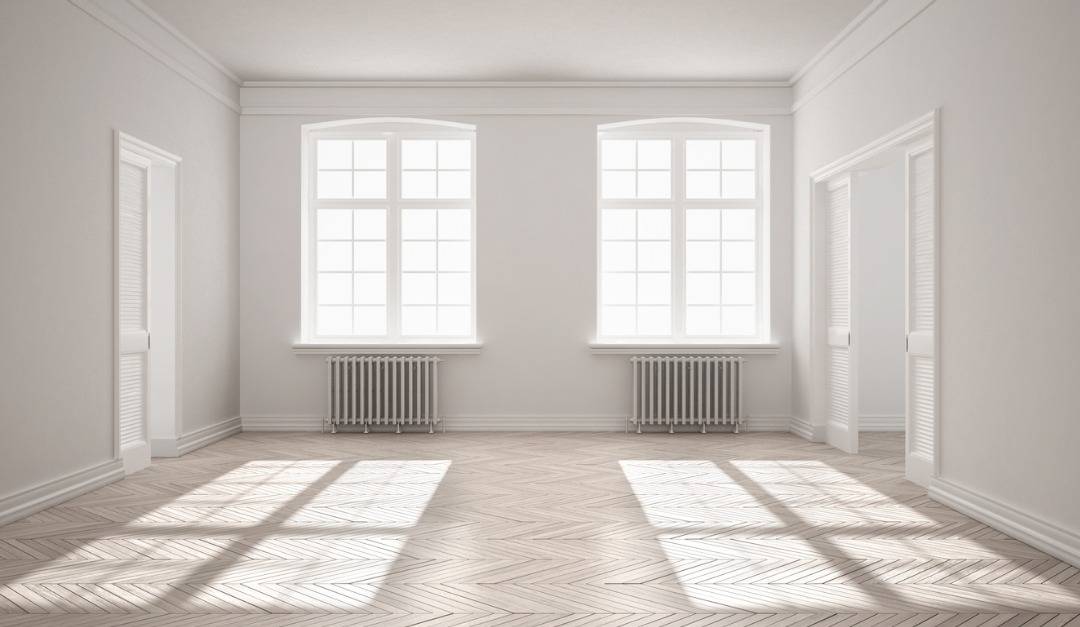
Why You Should Consider a House's Orientation
If you’re in the market for a new home, you should consider potential heating and cooling costs. Most people know that the types of windows and the amount of insulation can affect utility bills but don’t realize that the orientation of a house with respect to the sun can, too.
How Orientation Can Affect Energy Bills
The sun rises in the east and sets in the west. At mid-day, the sun is at a lower angle during the winter and at a higher angle in the summer.
To make the best use of the position of the sun, a house should be built on an east-west axis in a rectangular shape with the east and west sides shorter than the north and south ends. The house should be oriented within 15 degrees of due east-west.
Orienting a house toward the sun can have a significant impact on heating bills in regions with cold winters. Since the south side of a house will receive the most warmth from the sun in the winter and the most natural light year-round, the main living areas should be positioned on the south side of the house. Parts of the house that aren’t used as much, such as the garage and laundry room, should be located on the shorter ends to provide a buffer to protect the main living areas from cold temperatures and wind.
If the long, front side of a house is facing within 20 degrees of true south, windows on that side can allow plenty of sunlight and heat into the house during the winter. If the angle is more than 20 degrees, the house may get too much heat in the summer and not enough in the winter.
South-facing walls should have at least 50 percent more combined window area than the east and west walls. Since windows on the east and west sides of a house will get little solar heat in the winter and a lot of heat in the summer, home builders often limit the number of windows on those sides.
The orientation of a house can allow you to take advantage of wind. If you live in a hot and humid area, breezes can keep the interior cool. In a hot and dry region, a house can be oriented to keep hot winds out.
The natural landscape can also affect utility costs. Deciduous trees can provide shade to keep a house from getting too hot in the summer. When the trees lose their leaves in the fall, they will allow the home to receive plenty of natural light in the winter. Hills and evergreen trees can block cold winter winds.
Talk to Your Real Estate Agent about a Home’s Orientation
Many people are unaware of how much of an impact the orientation of a house can have on heating and cooling costs. If you are planning to buy a home, be sure to ask about its orientation and consider its possible effects on your utility bills.

